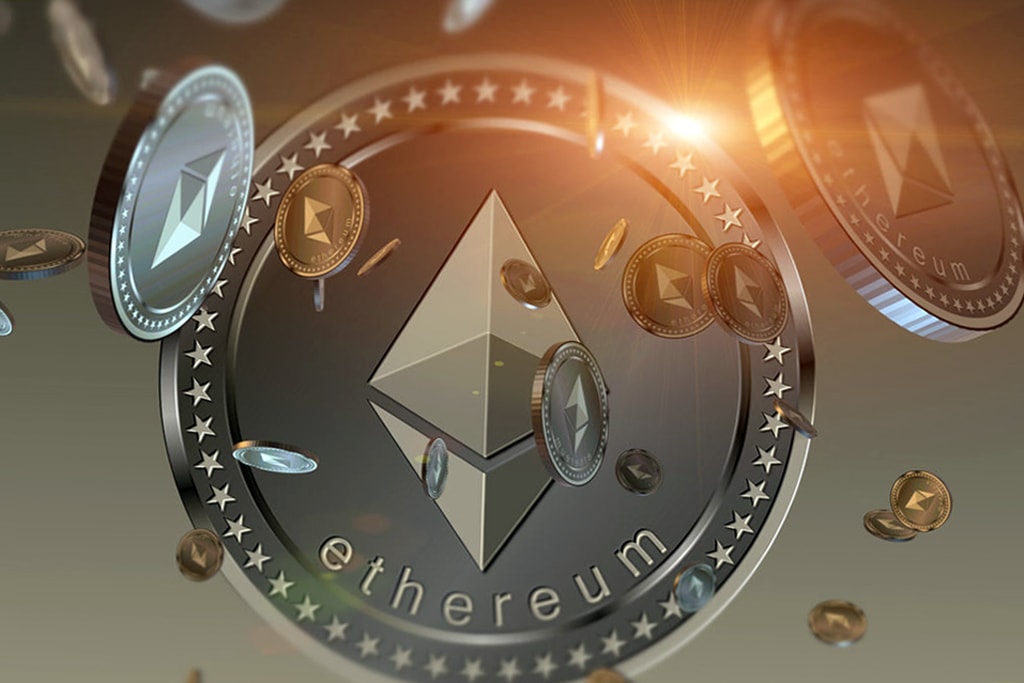
To better understand how the Ethereum network works, you must first know these three components: ETH, ERC-20 tokens, and gas. They collectively power the network, let developers create their own tokens on the Ethereum blockchain and incentivize validators.
What is ETH?
The crypto ETH can be described as the digital fuel for Ethereum as it powers users’ transactions in the blockchain. In other words, ETH is the amount of computer power needed for your transaction to be completed.
For the purpose of determining how much ETH is required to process a transaction, the Ethereum developers created gas.
What’s Gas on Ethereum?
In simple terms, gas is the cost charged by the network in order to complete your transaction. The gas, popularly known as the transaction fee, was put in place to encourage validators to process your transaction fast. Similarly, miners of the largest and oldest blockchain Bitcoin charge this fee to complete people’s transactions.
It is worth noting that gas price is always unstable. It appreciates and decreases depending on the number of transactions. If the Ethereum network is floored with transactions, the gas fee rises, and the opposite is true.
What are ERC-20 Tokens?
Ethereum allows developers to create tokens on the blockchain along with decentralized applications (dapps) using smart contracts.
With different smart contracts being created, Ethereum developers wondered how they could enable these smart contracts to interact with each other. So they developed the ERC-20 token standard, which provides an easier way for firms to create blockchain products without necessarily developing their own crypto.
What are the Properties of ERC-20 Tokens?
ERC-20 Tokens can be used to pay for various functions, services or products. They are also referred to as utility tokens. These tokens are:
Fungible: That is, the codes of these tokens resemble each other, and one can only use transaction histories to differentiate the tokens.
Transferable: Users can send these tokens from one address to another.
Fixed supply: Developers are required to create a set number of tokens and should not increase the supply.
How to Buy and Store ERC-20 Tokens
Several ERC-20 tokens are listed on crypto exchanges like Binance and Coinbase. You can also buy them via decentralized exchanges such as Uniswap.
Centralized exchanges provide wallets to store your crypto, but if you want total control over your assets, you can set up an account with software wallets like MetaMask or buy a hardware wallet for offline crypto storage.
Which Cryptocurrencies are Based on the ERC-20 Standard?
Since the inception of the ERC-20 token standard, more than 400,000 tokens have been released. Some of the top ERC-20 tokens are:
Decentralized (MANA): This token is used on the Decentralized metaverse. It can be used to purchase non-fungible tokens called LAND, which represents Virtual plots.
ApeCoin (APE): This is the governance and utility token for the popular NFT collection Bored Ape Yacht Club.
Aave (AAVE): It is the native token of the Aave borrowing and lending platform.
Wrapped Bitcoin (WBTC): This ERC-20 token is utilized as collateral, strengthening liquidity in Decentralized Finance apps.
What are the Disadvantages of ERC-20 Tokens?
High gas fee: Transactions involving ERC-20 tokens use ETH as gas, and for a long time, Ethereum transactions have been known to be the most expensive.
Low throughput: When an Ethereum-based dapp has high traffic, the entire network becomes slow in processing transactions and also expensive.



